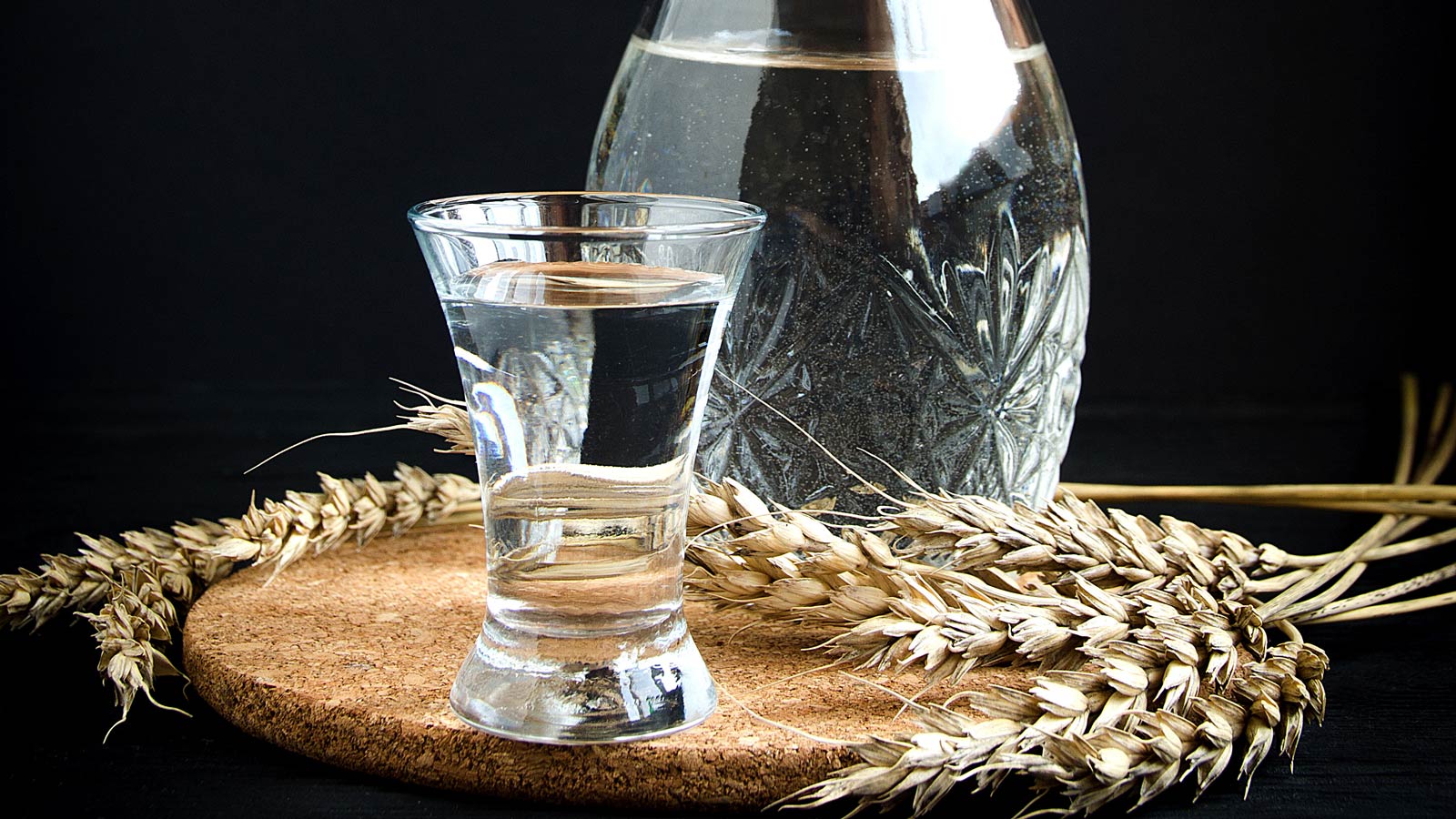In the production process, there are many parameters that are important for the quality of a vodka. The raw materials are certainly significant, especially since these days they also go far beyond the type of grain or potato.
Today, vodkas are made from a wide variety of raw materials: Apples and oranges are just as much a part of it as grapes or sugar cane and sugar beet juice or molasses.
We must never forget that the definition of vodka only requires that the alcohol be distilled to 96% by volume. The choice of raw materials is often subject to their availability.
Fermentation, the selection of yeast varieties and the duration of fermentation are still often subject to the criteria of efficiency today, but I dare to predict that in the foreseeable future we will also be talking about these issues in the context of vodka production.
Keywords will then probably be slow fermentation and special yeast varieties for flavour expression. Other spirit categories are already showing the way.
The most common and probably most effective methods include filtration through activated carbon or cellulose as well as cold filtration.
Distillation has always been highlighted in detail in the context of vodka production. While it used to be the number of distillations (often driven to bizarre heights by counting the bottoms of a column instead of the individual columns) that stood for the purity and clarity of a vodka, today the focus is increasingly also on "pot still distillations" or the subsequent filtrations.
The background to this is clearly the focus on the taste characteristics of the "new" vodkas. In order to increase the purity and mildness of a vodka, the producers and their distillers like to resort to filtration. Common and unusual filtration methods have already been presented and explained here several times.
Filtration through activated carbon or cellulose as well as cold filtration are among the most common and most effective methods. However, not all filtration is the same as removal or purification, but often also serves the already sufficiently mentioned homeopathic aromatisation to "smooth the vodkas".

As already mentioned, the filtration methods, the number of which is increasing more and more, are no longer regarded as purification stages on the way to neutrality, but only refer to the fact that "impurities from production or raw materials" are removed, but the taste remains! Taste must remain! A phrase in the repertoire of brand managers that was unthinkable just a few years ago.
What will happen next?
Vodka is becoming richer in taste and aroma again. Whether it will be enough for pure, unadulterated enjoyment for many users, I dare to doubt at the moment. But there will be more vodka lovers who will drink vodka pure, hand-warm and without ice or in a cocktail.
Another possibility has already been mentioned: for younger users, there is the option of alcoholic mixed drinks (RTDs). Vodka brands can already very successfully initiate the imprinting of a brand here. This market is growing, as statements by producers and the increasing involvement in this segment indicate.
New flavours (e.g. vodka with mate) are due to the zeitgeist, but are finding new target groups. A trend that also finds a counterpart in the gastronomy scene at the bar.
We must never forget that the definition of vodka only requires that the alcohol be distilled to 96% by volume.
And what about the new, reduced-alcohol products that also want to call themselves "vodka" (or are even marketed as such)? These should be told that according to the spirits ordinance, vodka must have a minimum alcohol content of 37.5% by volume!
Anything below that is considered a spirit! And according to the European spirits regulation, this starts at 15% by volume. So it's better not to talk about vodka here.
So vodka will remain an interesting field in the future. The development from a "neutral spirit" as a source of alcohol in cocktails or mixed drinks to lifestyle brands and the shift towards more and more pronounced flavours offer the category two excellent opportunities to continue to be "on everyone's lips" in the future.





